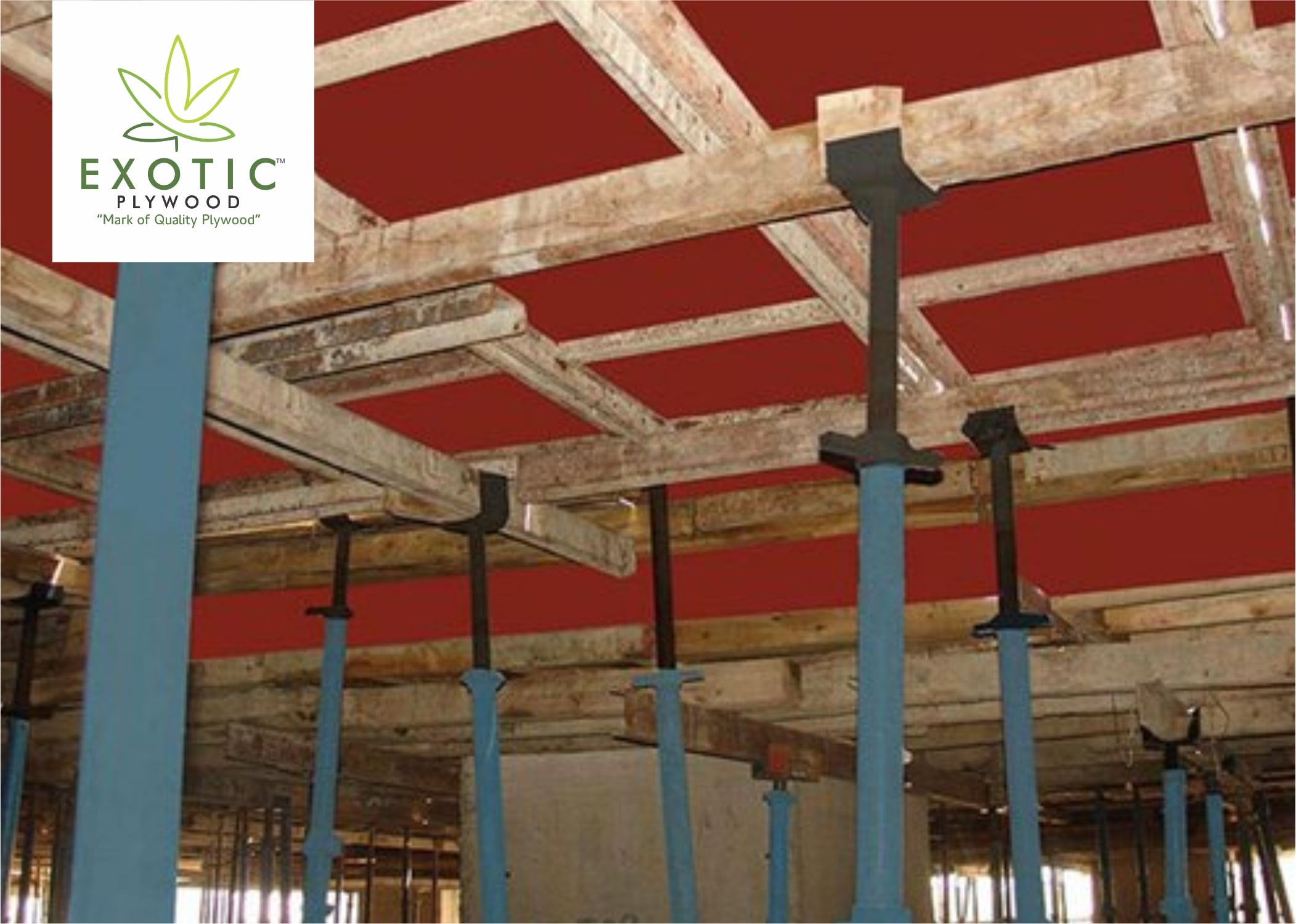Content
- What is Regenerative Finance (ReFi) and How Does it Work?
- Regenerative Finance projects – use cases
- Regenerative Finance 101: A Guide to Crypto’s ReFi Movement
- Want to see how bitcoin and other digital assets fit into your portfolio?
- Why finance is starting to ‘get’ adaptation and the road that lies ahead
- Web3: paving the way for Regenerative Finance
- The Evolution and Future of Crypto Mining: Tren…
- Regenerative Finance, Web3 and the financial imbalance
Eventually, what is regenerative finance the concept grew from an idea to an actual framework for banking institutions. And a new generation prioritizing environmental and community well-being enters the workforce. Early adopters have the advantage of shaping the system’s future, and greater diversity among them enhances its resilience.
What is Regenerative Finance (ReFi) and How Does it Work?
This respectively means that one person cannot exclude others from utilising the good and that their usage of this good does not preclude others’ use. In the view of these complex system thinkers, promoting the health of the underlying human network is vastly more https://www.xcritical.com/ important than increasing the volume of economic output (GDP growth) per se. Innovation, entrepreneurship, and capacities are important, but they need to be linked by common-cause values, supported by commonwealth infrastructure, and nourished by cross-scale circulation of money, information, and resources. Large and small organizations both play important roles, and the goal is to maintain balance and integration. Embrace Defiway and its pioneering products today, and experience the benefits of secure, efficient, and user-friendly cryptocurrency solutions that can revolutionize the way you manage your finances.
Regenerative Finance projects – use cases
ReFi seeks to solve this problem by using a decentralised and trustless blockchain to record individuals’ involvement in funding or overusing public goods. It creates verifiable social incentives for communities to benefit the society around them. The conventional financial sector is pushed by ReFi to reconsider its priorities.
Regenerative Finance 101: A Guide to Crypto’s ReFi Movement
Businesses have struggled with the lack of clear targets and plans by government against which to invest, which dampened demand. On the supply-side, adaptation finance was hampered by a (we argue, false) assessment that adaptation does not bring returns and means high up-front costs and only long-term (and uncertain) returns. This is a significant step beyond benefit corporations because it fully protects the mission and tilts the power dynamic.
Want to see how bitcoin and other digital assets fit into your portfolio?
From tech to food, from climate to land conservation—there is a lot of innovation in this space. Open-source code or software is released under a license that grants users the right to use, study, or change this software and its code — no matter the purpose. Open code refers to a codebase that is available for everyone to read (for example on Github), but that doesn’t necessarily mean it’s also open source. It is a bottom-up and local-to-global vision that honours the natural characteristics of each place and bioregional ecosystem. It is nested in evolutionary systems and bio-cultural uniqueness — ecology, biology, geology and culture — that is a place’s foundational essence, soul and identity. ReFi’s mission is therefore to systematize incentives to make regenerative places feasible.
Why finance is starting to ‘get’ adaptation and the road that lies ahead
Since sustainability challenges stem from fragmented thinking and systems incentivizing degenerative behavior, holistic thinking and regenerative incentive systems need to replace them. Regenerative Finance’s objective is to emphasize sustainability, resilience, and societal welfare. ReFi’s objective is to create a financial structure that restores and sustains the Earth and its inhabitants. Although it may seem like a new buzzword, regenerative economy has roots that can be traced back to the early 20th century.
Web3: paving the way for Regenerative Finance
- There are large, multinational companies like Bosch that adopted this model many decades ago; there are start-ups that are baking a mission-first structure into their DNA from day one; and there is everything in between.
- That means challenging the primacy of shareholderprofits,yes — but also rethinking who controls and benefits from businesses.
- Efforts to reduce carbon emissions, rehabilitate ecosystems, and encourage environmentally friendly activities may be included.
- No-loss gambling is especially relevant for people from lower-income classes who may struggle to save money.
- Rather than using up public goods, like trees, until they have been depleted, Regenerative Finance is about incentivising the financing of public goods – rewarding those who create positive externalities such as planting trees.
Second, lower rates mean savings accounts and some other kinds of investments become less attractive, so investors tend to move their money towards things like stocks. In our first year, we worked with hundreds of private and public sector partners across multiple countries to collaborate and equip them with the tools and evidence to grow adaptation finance based on world-leading science and research. For some, the reputation of adaptation as a viable investment option was hampered by the climate finance dialogue – that is, as being primarily about flows from the Global North to the Global South. Elsewhere, dialogues were dominated by attempts to mobilise private finance into traditionally public areas, like flood defences – also reducing the appeal as an investment option. The financial sector’s interest in adaptation and resilience has grown significantly in the last few years, but more tools and information are needed to re-design decision-making. While the Rockefeller Foundation coined the term “impact investing” only as recently as 2007, San Francisco-based RSF has been working according to the field’s underlying principles since its founding in 1984.
The Evolution and Future of Crypto Mining: Tren…
Several new companies are leveraging lidar, satellite imagery, and drones to achieve MRV at lightning speeds and lower cost; Perennial Earth is one company that is scaling up MRV for carbon soils. By placing a price on carbon, the Protocol presented a unique environmental commodity on an international scale. Imagine that—a way forward to simultaneously remedy the planet and advance the economy. The industrial economic theory works perfectly when Land, Labor, and Capital are present, but the cycle of prosperity breaks when Land no longer exists.
Infrastructure tools are loosely defined as data products, protocols, and adjacent tooling that support carbon suppliers and core blockchains in distributing carbon to the application layer. Once MRV is completed, these carbon credits are issued by agencies such as Verra and CAR, among others, and sold via brokers, eventually making their way to buyers. Many notable venture capital institutions such as a16z and USV are actively investing in the category; new funds like Allegory are focused exclusively on the intersection of crypto and climate. A bit about me, my name is Nihar Neelakanti, Co-founder and CEO of Ecosapiens, a metaverse enabling consumers to fight climate change. Regenerative finance (ReFi) projects are blockchain projects that are developed so that the resources used over time are regenerated.
We’ll explore the basics of ReFi, and look into what it can mean for individuals and businesses. And while living costs can be a key determinant in deciding where you may want to retire in the future, it’s also good to keep other non-financial aspects in mind. For example, access to social and community-building activities is an important, but often overlooked, consideration for retirees, according to Bankrate. It provides capital to community development financial institutions and other impact-focused lenders that support high-quality jobs and self-determination for low-income communities.
For example, the higher the price per ton of carbon, the more attractive it becomes to get into the business of planting new forests (and deriving income from carbon credits) instead of cutting down the trees for timber. Regenerative finance (ReFi) is the crypto-equivalent of ESG investing but with a more direct and flexible approach to making change. Crypto-based projects can often quickly raise capital and generate a return on investment while directing funds toward immediately impactful initiatives. These projects can assist by helping companies invest in carbon credits, incentivizing regenerative land-use practices, or even creating platforms to help organize climate-saving initiatives. Every business in the world will need to take some action to adapt to a changing climate. Every new piece of infrastructure – financial flows of $2.9 trillion a year – will need to be made resilient.
With carefully designed rules, funds are circulating to regenerate and fuel the local economy, and to help satisfy the needs of individuals, instead of being solely used as a tool to derive profit. Local currencies can support businesses, create jobs, and build resilience against external influences. By using local currencies, communities can also take control of their own economic destiny, and promote their unique culture and identity. SEEDS, for example, are seeking to build a regenerative economy in which participants earn citizenship by sharing and investing ‘Seeds’ (their currency) into regenerative projects around the world. These projects use blockchain technology to create a record of individuals’ involvement in funding or overusing public goods. They also create verifiable social incentives for communities to benefit the society around them through digital ownership certificates built with non-fungible token (NFT) technology.
In this article, we’ll explore the basics of ReFi and look into what it can mean for individuals and businesses. These assets are liquid on marketplaces such as Opensea, Voice.com (the leading carbon-neutral NFT marketplace), Nifty Gateway, SushiSwap, and others. The process of linking carbon project developers with MRV and ultimately the buyer is incredibly complex, bottle-necked, and mired with transparency and duplicity issues.
Blockchains allow for publicly verifiable data, access for a broad range of users, and more liquidity. ReFi offers the theoretical framework, but also advanced tools, like blockchain technology, to tackle these issues head-on. Based on open code and secure ledgers stored on consensus networks, ReFi offers a way to implement a more democratic and inclusive alternative to traditional financial systems.
ReFi’s impact measuring concepts align perfectly with web3’s transparency and traceability. Blockchain technology and smart contracts make it possible to continuously track the socioeconomic and environmental effects of investments. This transparency helps investors see the instantaneous implications of their financial decisions and holds projects accountable for their sustainability and regeneration claims. Financial decisions are assessed not solely on their prospective financial benefits but also on how they impact sustainability, resilience, and social well-being.
This financial instrument reduces the supply of carbon credits and this increases the price. This makes it increasingly expensive for polluters to put off changing their operations. The primary type of ReFi instrument that in use today are carbon offset credits. To create an offset, The process functions as a marketplace, with intermediaries connecting credit buyers and credit producers. Organizations utilize these credits to accelerate the offsetting of the scope 1, 2, and 3 emissions without rapidly altering their business operations.
Regenerative Finance , often shortened to “ReFi” — is an inclusive, transparent, and accessible alternative to conventional financial systems. ReFi opens avenues to embed care for communities, living ecosystems, and our environment into the roots of our economic system. In a regenerative financial system, economic activity benefits all of the system’s living participants, instead of unsustainably extracting resources, unfairly distributing profits, and ignoring the value of living ecosystems. Although still in its early stages, ReFi has the potential to fundamentally transform how we use money and finance as tools to help life thrive on our planet. These projects receive an asset called “carbon credits” after they are verified, which they can sell to individuals and organizations who want to support climate action.






